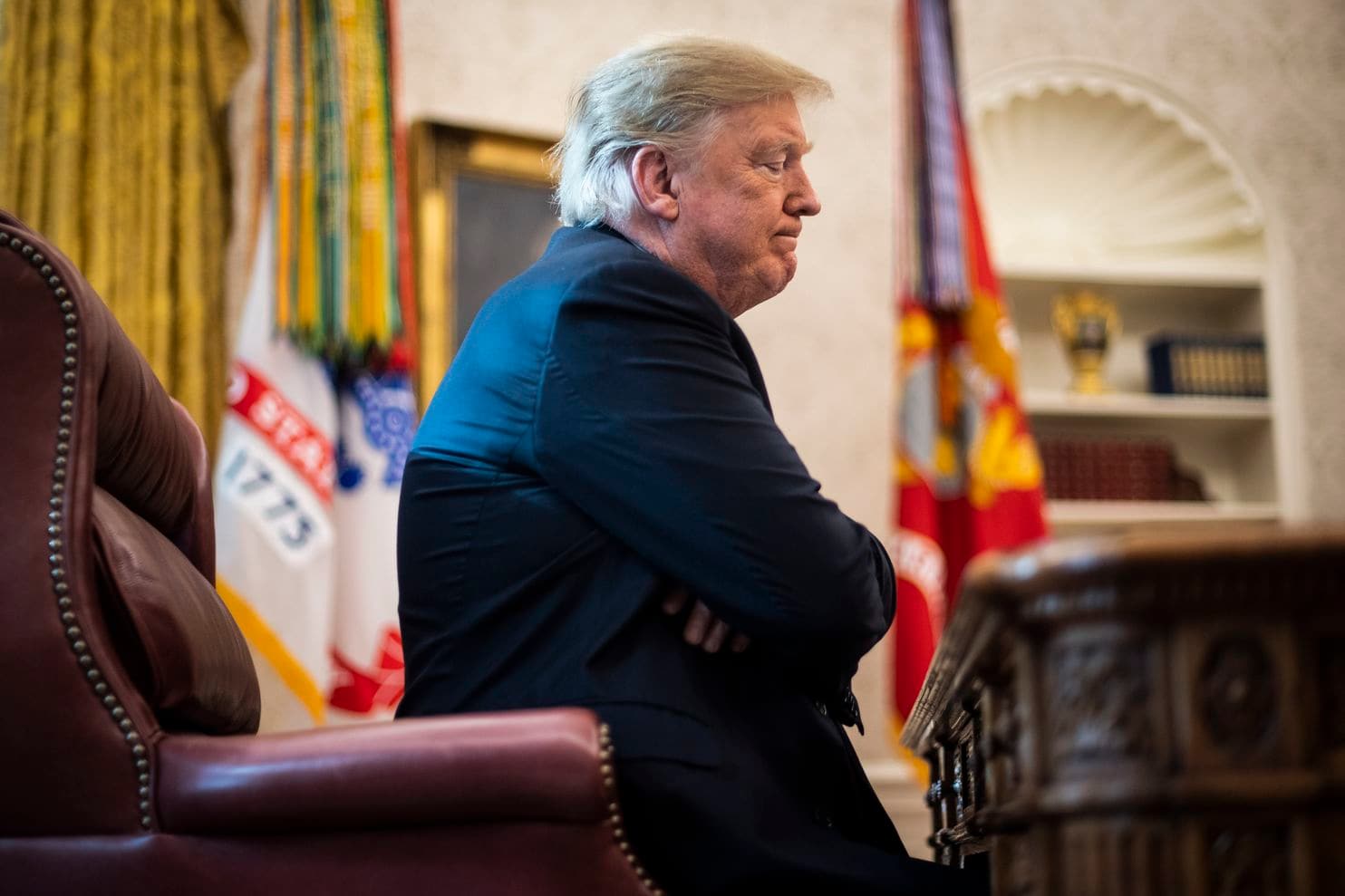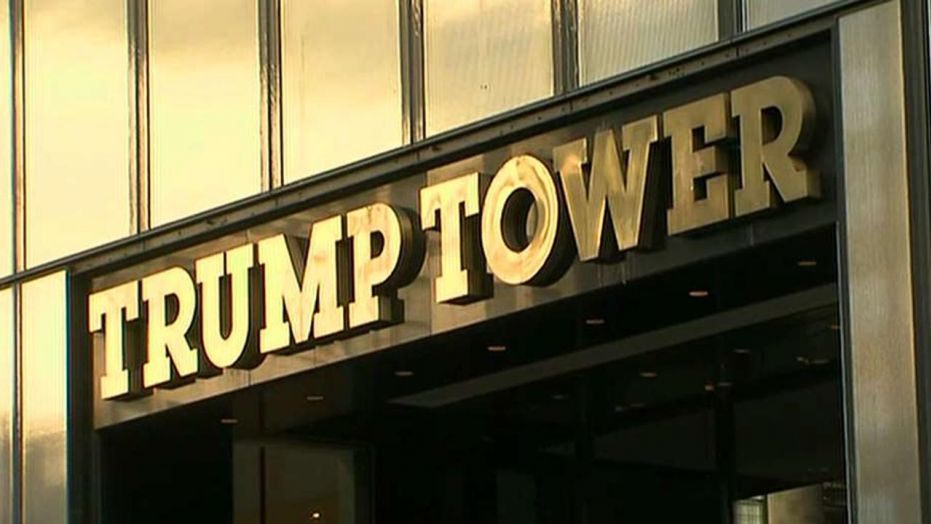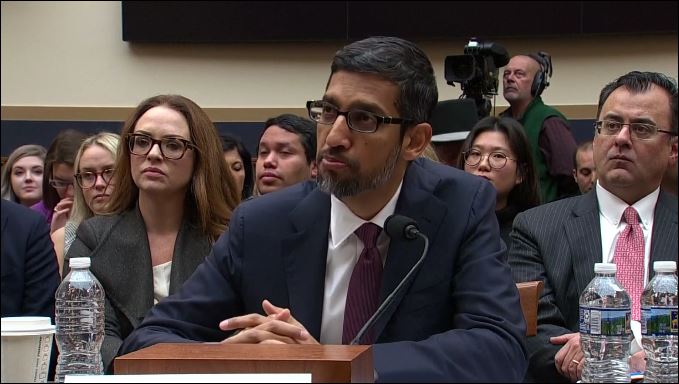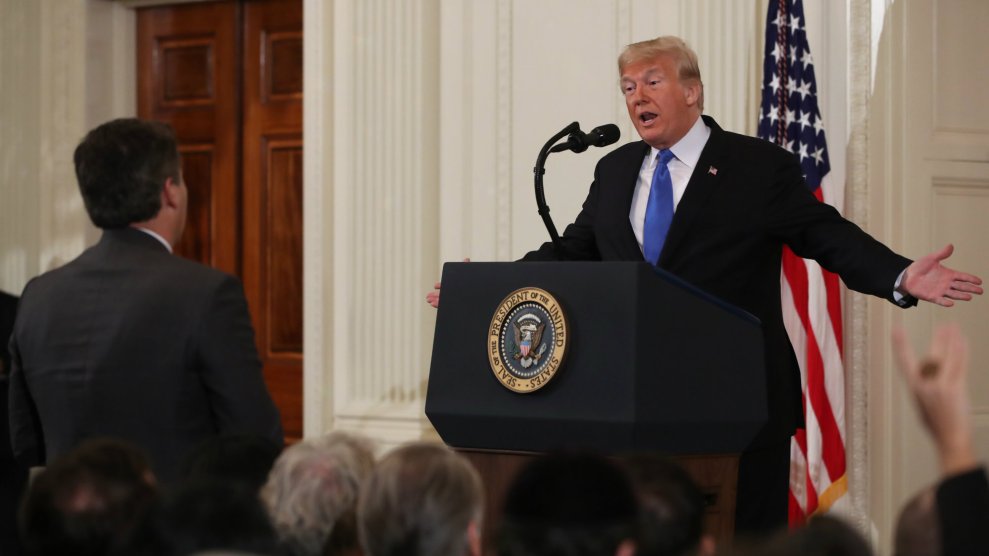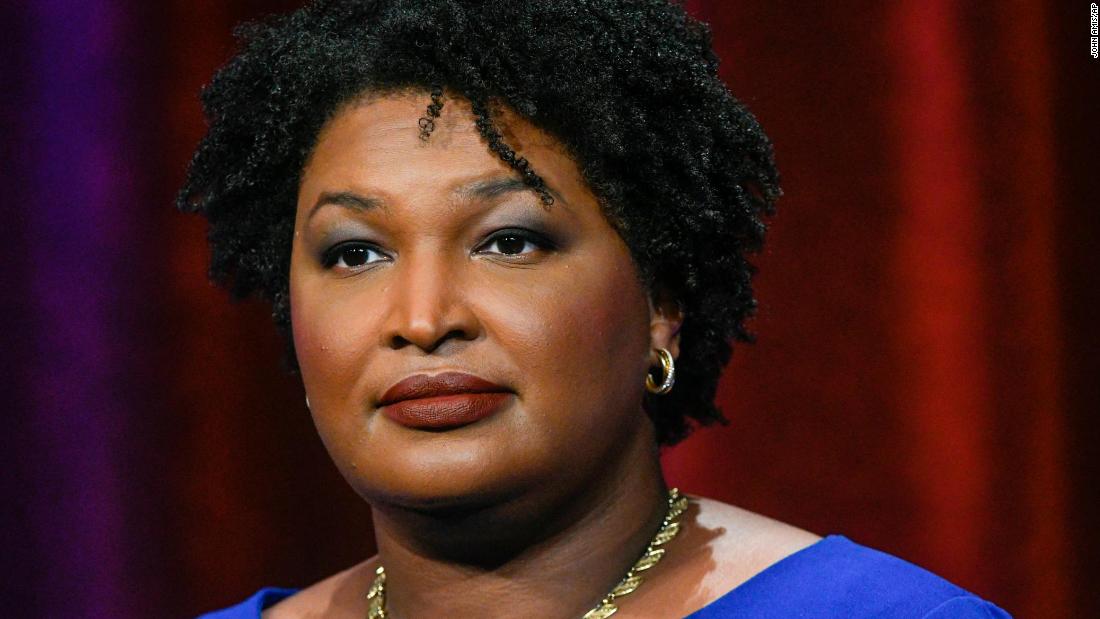I can almost guarantee that you did not hear about the 1,000th mass shooting in America since the massacre in Sandy Hook Connecticut. And I can almost guarantee that because at the time of this mass shooting, the country’s attention was fixated on another mass shooting at a college in Oregon.
Just before sundown on Thursday 1 October, an old man charged across the main street of the little town of Inglis, Florida. He was expecting trouble. Someone had recklessly fired a pistol in public, and Buzz Terhune intended to have words about it.
he horror that unfolded in the next few minutes has become so mundane, so everyday, that it no longer makes national news. Terhune was marching headlong into the 1,000th mass shooting in the United States since the Sandy Hook elementary school massacre almost three years ago.
Just a few hours earlier, a gunman in Oregon had killed nine people and injured nine others at a community college. It shocked the American conscience. But what happened to Terhune and three other people, and has happened to thousands of others across the country, went unnoticed. Shootings that injure or kill four or more people – mass shootings – have become commonplace in American culture.
An examination of the details, though, reveals mass shooting number 1,000 to be, like all the others, a human cataclysm. Broken hearts and bullets, an affair in which the roles of victim and perpetrator flip in an instant.
It started a few days earlier, when sheriff’s deputies responded to a missing person report. Walter Tyson, 57, couldn’t find his wife, Patricia. But when deputies arrived at the house, they found notes Patricia had left saying she wanted a new life. And so she had left.
Days passed.
Inglis sits on Florida’s west coast, in a swamp draped with Spanish moss. The town has been dying since the day, decades ago, when commercial net fishing was outlawed. Its population has dwindled to 1,300, and most residents are getting old.
Most of 1 October, 68-year-old Buzz Terhune ran errands in the tiny downtown. He stopped by city hall to leave a get-well card and balloons for the mayor, Drinda Merritt, who had been ill. The two had a friendly, sparring relationship: Terhune showed up at every city meeting, always sat in the same chair, and always spoke his mind.
“I’m not done with you yet!” he wrote in the card, and drew a little smiley face.
City hall’s main hallway was stacked with old wooden doors. The mayor had replaced them with doors of reinforced glass, and added a thick glass barrier at the front desk, after a man who lived across from city hall started stalking one of the women who worked there. Otis Ray Bean was his name.
“We knew we could have trouble when he moved to town,” the mayor said.
People in town didn’t like Bean. He wore a black leather vest and drank too much. His home looked like a southern gothic haunted house, with rotting clapboard sides and a rusted roof and strange stick-and-feather talismans hanging outside. It sat directly across from city hall and the town bank, looming over the comings and goings of Inglis.
Just before 6pm on 1 October, Terhune and his friend Scotty Smith pulled up to the bank’s cash machine, in Smith’s truck. Terhune sat in the passenger’s seat. The truck sat too high for Smith to reach the machine, so he stepped out. As he keyed in a $100 withdrawal he heard Terhune, behind him in the cab, say something about a fire.
Smith looked at the sky.
“Nah, Buzz,” he said. “That’s just some mist coming in. Not smoke.”
He heard Terhune say, “ … firing a gun”, and saw him jump out of the truck and take off running.
“Where are you going?” Smith shouted.
Terhune called back, “The kids!” and pointed to a playground next to city hall. He apparently suspected Bean was drunkenly firing off his pistol in sight of the children, whose mother was scrambling to gather them.
Smith hadn’t heard the gunshots, and still didn’t quite grasp what was happening. “What has Buzz got us into now?” he thought.
He danced around the cash machine until it spit out his money, then hopped into his truck and pulled away, toward the Bean place.
Terhune, who served three tours in Vietnam, crossed the street to confront Bean.
Bean, though, lay dying in his yard. He wasn’t the shooter.
A man Terhune didn’t recognize stood on the steps of the side porch, with one pistol in his hand and another on his waist. Walter Tyson had bought them years earlier in New York state, where he had a concealed-carry permit.
In the bank parking lot, Smith looked through the windshield of his truck. He saw Bean lying in the yard and, a few feet away, Terhune now lying still in the grass. He heard four more gunshots, from the first floor of the house. Tyson had found his wife.
Smith pulled his truck past the house and on to the side of the road. He dialed 911, and an operator told him to stay clear of the scene. But he backed his truck up to the house and watched his friend Terhune, hoping for movement. Praying for a twitch.
“If he had moved, I was going to pull the truck up and throw him in it and take off,” Smith said later. “Like on TV, you know? But it didn’t happen like that.”
Tyson had shot Terhune twice in the head, and he never moved again.
Inglis has no police department. But according to Lieutenant Scott Tummond of the Levy County sheriff’s office, the town had a single stroke of luck that day.
A couple of blocks away, a tactical joint task force of US marshals, state police and sheriff’s deputies had just arrested a fugitive on unrelated interstate charges. When Smith called 911, the enormous task force responded within moments, arriving at Bean’s yard like a cavalry division.
“I have no doubt things would have carried on, and been worse, if they hadn’t been there,” Tummond said. “I believe Tyson would have fled the scene and it would have spilled into another town.”
Seeing the house surrounded, Tyson climbed to the second floor. He called his daughter, Jennifer Conklin, and told her what he had done. She begged him to surrender.
“I’m sorry,” he told her. “Goodbye.”
And he shot himself.
The town had never known violence like it. And yet it seemed familiar, and even inevitable. At a memorial service for Terhune, pastor Bobby Thompson addressed much of the town.
“So profuse has become the violence that we have become accustomed to it,” he said. “We expect it.”
The reaction of many citizens is, now, to reach more quickly for their own guns.
Mayor Merritt is a petite, middle-aged woman. “If I had been there that day, the difference is I would have stopped at my car for my gun,” she said. “Then I would have crossed the street. And I would have dropped the shooter.”
After Scotty Smith called for police, he went home and picked up his own pistol.
“Maybe I’m just paranoid,” he said.
His hands shook as he talked about what he had seen.
“I felt like I needed it. It’s crazy. People will shoot you for anything, these days.”
h/t The Guardian


